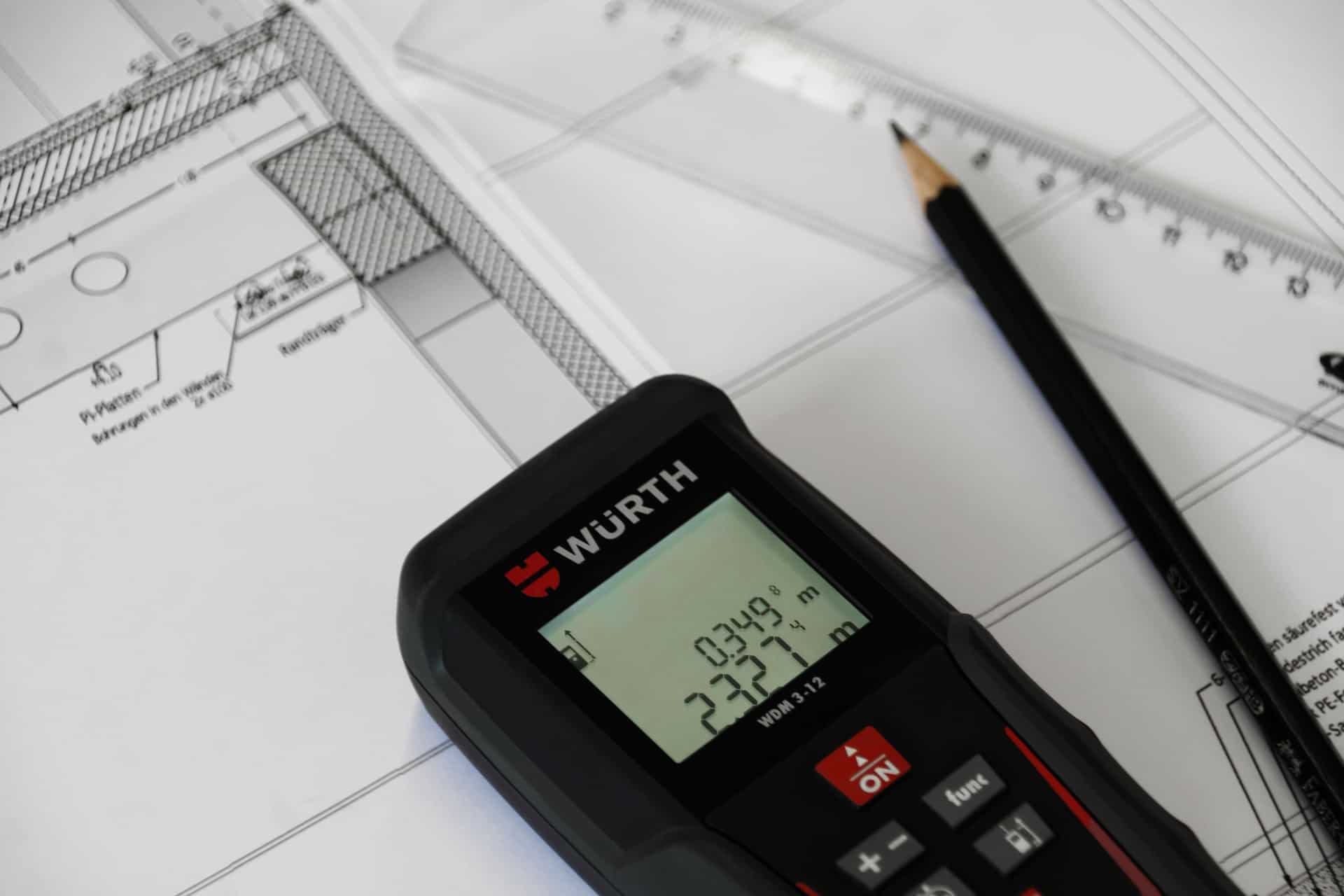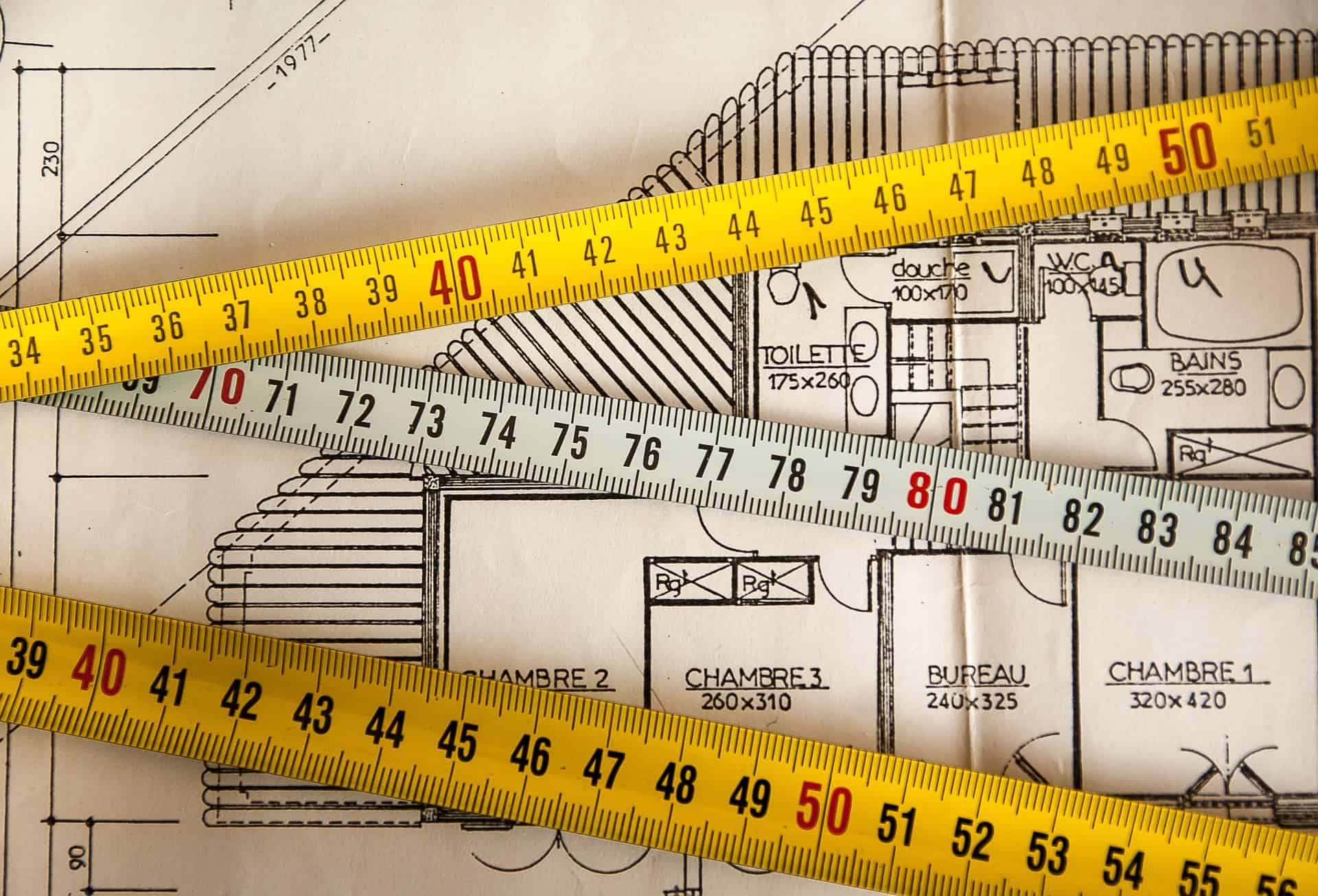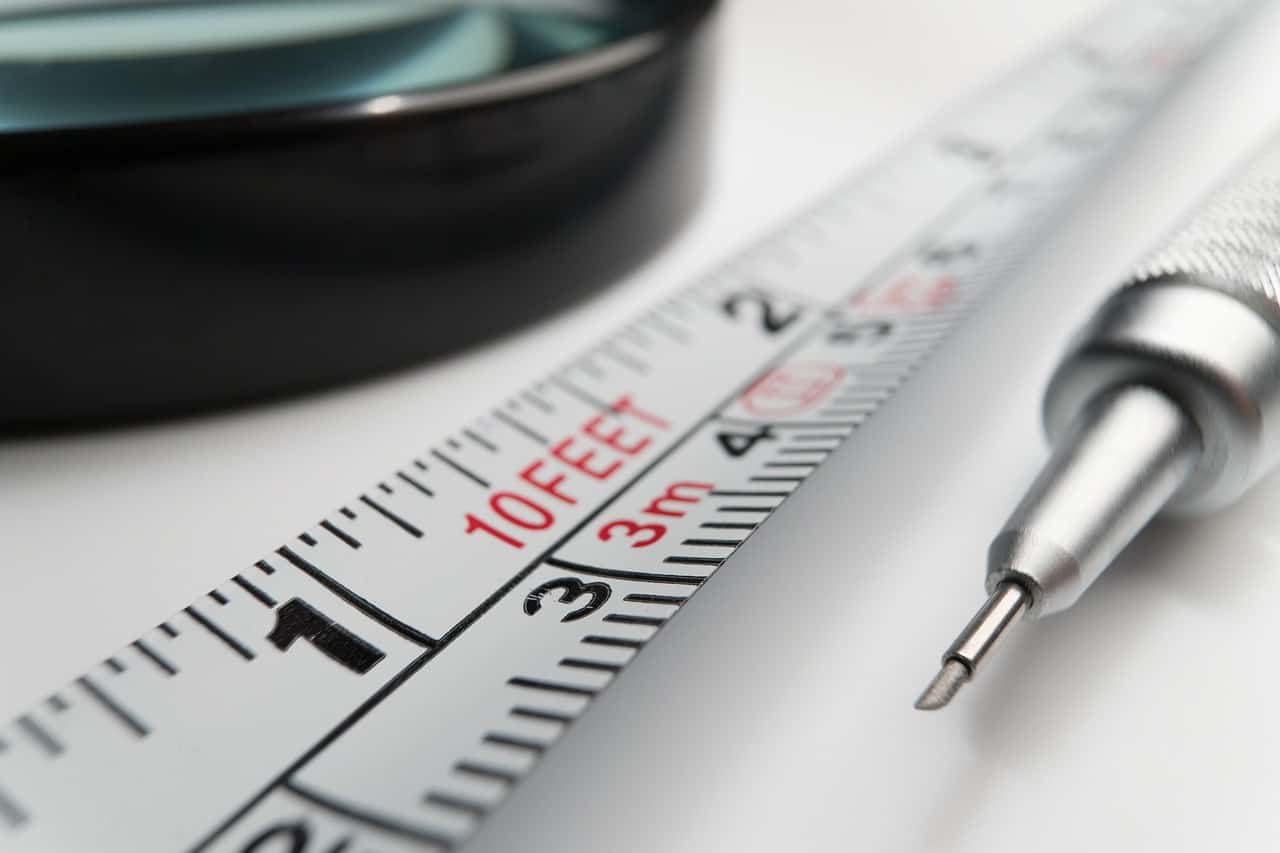Determining Usable vs. Rentable Square Feet
Commercial Property 101
In commercial property leasing most rent is charged per square feet, rentable square feet (RSF) to be exact. This measurement is usable square feet (USF) plus a tenant’s share of the common areas (USF multiplied by the property’s load factor). Rentable, usable, load factor? What am I talking about? Keep reading.
First of all, every tenant out there is striving to get the best deal possible. As a result, it’s absolutely essential to understand how square footage in a commercial property is calculated. While this seems like a pretty straightforward task, you’d be surprised by the variations. To combat errors most landlords use the Building Owners and Managers Association (BOMA) standards for measuring their commercial property.
Importantly, knowing the difference between USF and RSF can help any tenant better negotiate. Below, we provide definitions and accompanying calculations for USF, RSF and a building’s Load Factor. Hopefully after reading this you will get a better idea of how to get the best deal on your next commercial property lease.
Usable Square Feet (USF)
 In commercial property leasing “usable square feet” is exactly as it sounds, the square footage a tenant uses while leasing a property. Basically, it means any space used solely and directly by a tenant.
In commercial property leasing “usable square feet” is exactly as it sounds, the square footage a tenant uses while leasing a property. Basically, it means any space used solely and directly by a tenant.
For tenants leasing a suite or multiple suites, this wall-to-wall square footage calculation will include tenant-only restrooms, storage areas and closets. Although, USF does not include common areas such as lobbies, public restrooms, hallways and stairwells.
For tenants who lease entire floors, the usable square feet does extend to common areas that are used on that floor only. These include hallways, public restrooms serving that floor, any reception areas, storage closets and electrical rooms.
Rentable Square Feet (RSF)
“Rentable square feet” is determined by combining usable square feet and a percentage of the common areas a tenant uses at the commercial property. As previously mentioned, common areas are shared space that is outside of a tenant’s usable space, but that is still utilized by them, their staff or their guests (i.e. Lobbies, reception areas, hallways and restrooms).
Since a tenant is utilizing this shared space, they must pay for it. Hence the reason why RSF is always used to calculate monthly rent. The difference between USF and RSF is typically anywhere between 10 and 20%. This increase is known as the “load factor”.
Load Factor
 The load factor, also referred to as the common area factor, is a percentage of the common areas in a commercial property. To calculate the load factor, divide the total rentable square feet by the total usable square feet.
The load factor, also referred to as the common area factor, is a percentage of the common areas in a commercial property. To calculate the load factor, divide the total rentable square feet by the total usable square feet.
Rentable Square Feet (RSF) ÷ Usable Square Feet (RSF – Common Area SF) = Load Factor
Example
For example, commercial property has a total square footage of 200,000 and 25,000 of that is common areas.
200,000 ÷ 175,000 (200,000 – 25,000) = 1.14
To determine RSF you would multiple a tenants USF by the load factor. Say a tenant at this property wants to lease about 4,000 square feet of usable space.
4,000 USF x 1.14 = 4,560 RSF
Always Use a Professional
Furthermore, any tenant who is leasing a large amount of square footage should always have that space verified. Additionally, verification should be done by an independent professional prior to signing any sort of lease. When space is independently measured they can be sure the USF and load factor is error-free. Because rent is calculated off of the RSF, this can mean a lot of money saved over the life of a lease. If you have questions about a commercial property that you are thinking of leasing, and want to make sure you are getting the best deal, contact one of our expert Advisors today.
Sources

No Comments